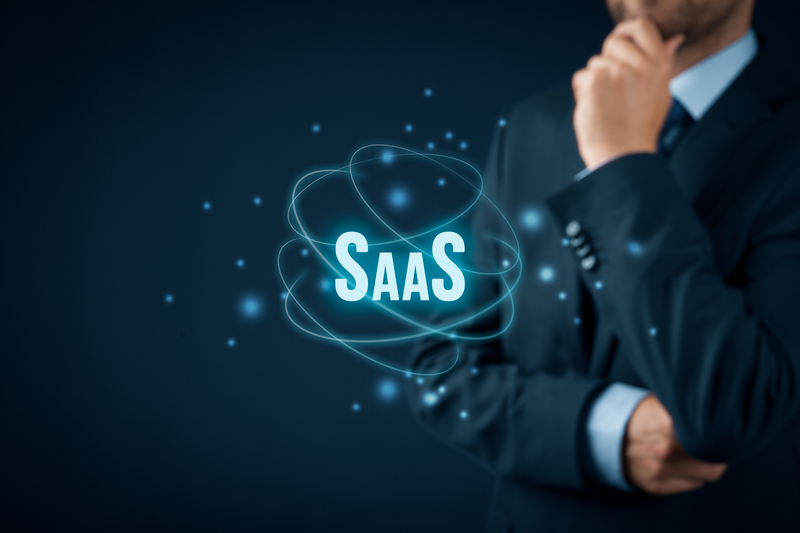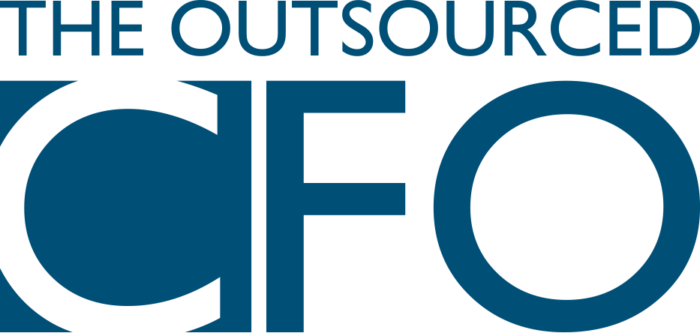
What is the true cost of a SaaS platform?
There are now many SaaS (Software as a Service) products out there that on face value seem really cost effective, but are they? What might start at a seemingly affordable $49 per month can grow to a much higher amount. How would you compare this monthly cost to a one-off, up-front cost of $20,000? Many businesses are taking the $49 per month option because it sounds affordable, but is this the best business decision and how would you compare the two options?
Here are some things you may consider when comparing the true cost of a SaaS system to other options:
Upfront investment v’s payment over time – an upfront investment may mean an initial cash outlay and there may be other parts of your business that could use that cash. If you finance the up-front cost you can turn it into a monthly outlay to suit your budget, like a monthly SaaS payment, to make it as equally affordable. A $20,000 up-front payment would be $333 per month over 60 months spread evenly, how would that compare to your month SaaS cost? Also, if you pay up front, there are no payments after 60 months whilst the SaaS payments keep going. Then there is a finance element to take into account. There are financial tools such as calculating net present value and discounted cash flow that can help you make more accurate comparisons.
Increases in monthly subscription cost – SaaS pricing is often structured to provide a low entry cost which is what can make it attractive initially. However, the monthly cost can increase based on the number of users in your business, the number of records you require in your database, the number of locations or even the types of transactions e.g. foreign currency. You need to consider your growth path and you may only require a few users today with 1,000 records, but what will the cost look like when you grow to 20, 50 and 100 users, or 5,000, 20,000 or 50,000 records? When you calculate this out with an incremental SaaS pricing model, the upfront cost may start to look very attractive.
Free Software – whilst you may think it’s not your concern, it can be very worthwhile thinking over the business model of the software provider. If they are providing you software for “free”, how are they making money or covering their costs? Quite often it will be a loss leader to sell their other products and there is nothing wrong with that. However if, for example, the provider is making claims that they will drive new customers to your business, where do these new customers come from? ……perhaps other businesses who have installed their “free” software.
Support and Maintenance – does your SaaS product include software upgrades and an element of support? In many cases they do. When you pay up front there is usually an annual maintenance cost and a separate support cost to consider. You need to make sure that when you look at the pricing, you are comparing like for like, and including all the costs for licencing, maintenance and support.
Functionality – Entry level products have basic functionality. Mid to higher level products have far greater functionality and capability to integrate with other systems in your business. Both can have low entry level pricing. When choosing a system, it’s important to look over your entire business and its processes and make sure that your software is aligned. Having a fully integrated product can provide you with further savings in labour costs which need to be factored into your decision.
Customisation vs configuration – customisation is rarely available through a SaaS product, however, the product can be configured within the parameters of the software. If you purchase software it is more likely that customisation to suit your specific requirements is possible, but also it can be expensive and much more beneficial to operate within the constraints of the system. How you tailor the system to suit your business needs to be carefully considered.
Contract length and terms – with a SaaS solution, there are less likely to be lock in contracts, so you may be able to exit the arrangement and move to another platform. With an upfront investment, if the solution turns out to be the wrong one, you may not be likely to get your money back.
Cost involved in establishing and exiting – If you do initially decide to run with a cheap SaaS solution now and to move to another platform later, what will be the costs of data conversion? Whilst systems claim they can convert your data, it is very much dependent on the information you have captured along the way. If you don’t have the data that the new system requires it can be difficult if at all possible to convert. Why would a software provider make it easy for you to leave?
There are many considerations when choosing a system. The key message is not to be drawn in to free trials and low entry pricing without considering the bigger picture. An ill-thought out choice can be a costly and stressful exercise. Choices of this magnitude should be carefully evaluated, either by taking the time to accurately calculate and compare value yourself, or by having a CFO do it for you.
ABOUT BRIAN DOUGHTY
Brian Doughty is founder of the outsourced CFO which is a part time CFO service for small to medium sized businesses. Brian’s experience in large corporates and small business is unique and has enabled him to develop a simple to understand set of tools which will help business owners engage staff, monitor performance and achieve their goals. For more information, visit www.theoutsourcedcfo.com.au.
